Jack O' Lantern Mushroom Vs Chanterelle Some mushrooms look very much like chanterelles The most popular lookalike is the jackolantern (Omphalotus olearius) Unlike common chanterelles, it's bioluminescent and poisonous Mistakenly eating one won't kill you, but it can cause diarrhea and stomach crampsSeveral other mushroom toxins can cause an intense upset stomach One example is the JackO'Lantern mushroom (Omphalotus illudens), which is sometimes confused with the edible Chanterelle (Cantharellus spp) Despite its similar appearance and appealing odor, consumption of the JackO'Lantern results in stomach pain, vomiting, and diarrheaOmphalotus illudens Basidiomycota > Agaricales > Marasmiaceae > Omphalotus by Michael Kuo Often called the "Jack O'Lantern Mushroom," this species is fairly easy to identify It grows in clusters on wood, its colors are bright orange, its gills run down the stem, it has a white to pale yellow spore print, and its flesh, when sliced open, is orange (or at least orangish)

How To Find Chanterelles And Identify Look Alikes A Mildly Offensive Blog
Jack o lantern mushroom look alike
Jack o lantern mushroom look alike- Dangerous LookAlike JackOLantern Mushroom Another word of caution comes from a very dangerous lookalike Although not deadly, the JackOLantern mushroom is quite nasty and can lead to projectile vomiting, cramping, diarrhea, and vertigo Not to worry though, It can be easily distinguished by a trained eye looking for gills underneathEdible Mushrooms and their Poisonous (or Inedible) Lookalikes Cape Cod Area Hannah Nadel Presented to the Cape Cod Mushroom Club Top Keepers and Discards JackoLantern Omphalotus olearius SP whitish cream Photo Antonio Abbatiello




Jack O Lantern Mushrooms Bygl
JackOLantern (Omphalotus illudens/olearius) Chanterelle lookalike Once you have positively identified chanterelles, you should never make a mistake with these two species Side by side they don't look that much alike Chanterelles NEVER grow in the ways pictured below Slicing the mushrooms open lengthwise, the true morels are hollow, but the insides of the false can be somewhat cottony in texture > Jackolanterns (Omphalotus illudens) Jackolantern mushrooms are often found growing in the same habitats and at the same time as chanterelles, so the two can be easily mistaken The eastern jackolantern xix is another that can be confused with the golden chanterelle largely because of its orange color, though mature specimens can develop a vaselike shape as the edges of the cap turn up and become thin and wavy The stem is thicker at the top as well But it, too, has true gills and a fondness for growing on wood
2) JackOLantern Mushroom (Poisonous) This mushroom is also similar in the orange color however this one has gills on the underside while the Chicken of the Woods has tiny pores So just check the underside and you should be safeLookAlike #2 JackOLantern Mushrooms (Omphalotus olearius) As you can see from the photos, JackOLantern's look somewhat like Chanterelle's, but not as close as the 'False Chanterelle' The big giveaway (as I eluded to above) is that this mushroom grows on decaying stumps, at the base of trees, or buried rootsThanks for watching MiWilderness
While there aren't really poisonous lookalikes for Chicken of the Woods, there is an orange mushroom that grows on logs that can fool you if you don't know what you're looking for One is commonly called Jackolanterns I have found themA Chanterelle LookAlike If you're going to start hunting for chanterelle mushrooms, it's important to know how to distinguish them from the poisonous Omphalotus olearius A chanterelle mushroom identification lesson from a A detailed picture of JackOLantern mushrooms by Richard Nadon from Mushroomexpertcom First off, if you turn it over you'll immediately notice the gills of the jackolantern are true gills Meaning they hang down as individual sheets and can be scraped off the cap of the mushroom




How To Find Chanterelles And Identify Look Alikes A Mildly Offensive Blog




Chanterelle Vs False Chanterelle Youtube
LOOKALIKES 1 The most dangerous lookalike is the JackOLantern Mushroom, Omphalotus olearius, which is more common in Europe, and Omphalotus illudens, found more often in the good 'ol USA Reports are that you likely wouldn't die from eating a JackOLantern, but that it would JackOYour stomach all up, and you might wish your were deadThis Pin was discovered by Tina Graves Discover (and save!) your own Pins on " The Jack O'Lantern mushroom is sometimes confused with chanterelles–especially when it appears to be growing terrestrially rather than from wood (see the top illustration) However, chanterelles rarely grow in dense clusters, and feature false gills, while the Jack O'Lantern is usually clustered and features true gills " Yep




Foraging Chanterelle Mushrooms In Washington Riptidefish




Jack O Lantern Mushroom Virginia Wildflowers
There are two notable poisonous lookalikes for chanterelles, the aptly named False Chanterelle and the JackOLantern Mushroom False Chanterelles are easy to differentiate from the real thing since the poisonous imposters do have true gills, which don't extend down the stem Jackolanterns, meanwhile, grow in dense clusters on rotting woodPaul Stamets talks about the poisonous Jack o Lantern Mushroom Omphalotus olearius Paul Stamets talks about the poisonous Jack o Lantern Mushroom Omphalotus olearius Jackolantern mushrooms are very toxic and look somewhat alike, but the similarities end at color Confusing a chanterelle for a jackolantern is like confusing a deer for an antelope When Chanterelles will show up as early as late spring but are more common in late summer and early fall




Jack O Lantern Mdc Teacher Portal
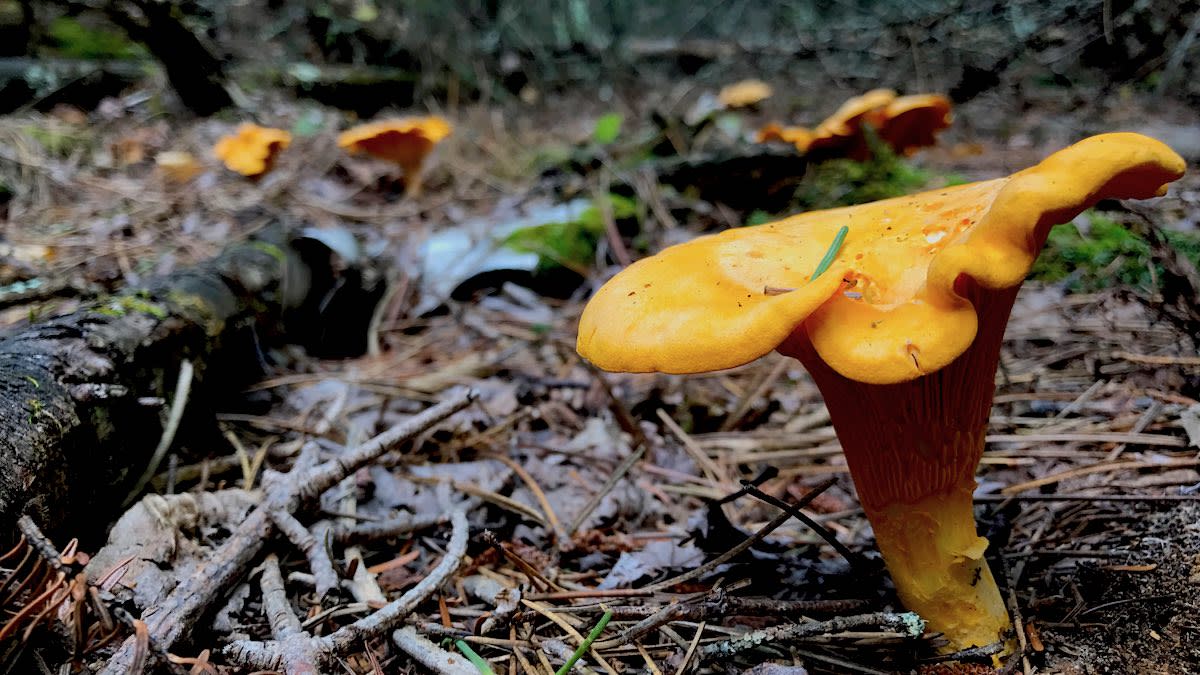



The Total Guide To Hunting Chanterelle Mushrooms Meateater Cook
Poisonous jack o'lantern mushrooms, lookalikes of the chanterelle *Extremely Serious! The Jack O'Lantern mushroom is orange but also has bioluminescence, or a bluegreen color in its gills In low light conditions, therefore, the gills appear to glow, similar to a firefly Jack O'Lanterns also have true, sharp, nonforking gills, one of the easiest ways to distinguish them from a ChanterelleToxic Jack O'lantern Mushroom Some Edible Mushrooms and their Toxic Lookalikes • The edible Golden Chanterelle and the toxic Jack O'Lantern • The edible King Bolete and the toxic Lilac Brown Bolete • The edible King Bolete and the toxic Boletus huronensis



Learn About Chanterelle Mushrooms Forbes Wild Foods
:max_bytes(150000):strip_icc()/GettyImages-88170894-e83b33f84ec7412193e68febe93b4408.jpg)



Wild Mushrooms What To Eat What To Avoid
There's only one poisonous chanterelle look alike, the JackOLantern mushroom (Omphalotus olearius) While the JackOLantern mushroom is, in fact, an orange mushroom, that's about where the similarity ends JackOLantern mushrooms have true gills, that are not blunt like chanterelle gills The jacko'lantern has true, sharp, nonforking gills that descend the stalk, whereas chanterelles have blunt, gilllike ridges on the cap to the stem When the stem of a jacko'lantern Beware of the jacko'lantern mushrooms (Omphalotus illudens) and big laughing gym (Gymnopilus junonius) They are poisonous lookalikes Shaggy Mane (Coprinus comatus) September–October The spore print should be black Beware of other white mushrooms that grow in the same habitat and could be poisonous Chicken of the Woods (Laetiporus




Chicken Of The Woods Identification Poisonous Look Alike




How To Find Chanterelles And Identify Look Alikes A Mildly Offensive Blog
Chanterelle look alikes Toxic jack o' lantern mushroom identification The jack o' lantern mushroom, Omphalotus olearius or Omphalotus illudens, may be confused with edible chanterelle mushrooms, but the color of the flesh and gills are a dead giveaway that the two fungi are completely different Secondly, and more fundamentally, jack o'lantern and another lookalike, false chanterelles (Hygroporopsis aurantiaca) have true bladelike gills that can be detached from the cap Chanterelles have false gills, forked wrinkles that descend the stem of the mushroom and which do not detach without tearing from the capWell, not intensely but the jack o'lantern does have a bioluminescent enzyme which causes the gills to glow a faint bluegreen color in the dark How cool is that?




Chanterelle Identification Distribution Edibility Ecology Sustainable Harvesting Galloway Wild Foods




Chicken Of The Woods Identification Poisonous Look Alike
2 days ago Think of the underside of supermarket mushrooms One can also not separate the gills from the cap on red chanterelles, and the gills extend down the top of the stem of the mushroom Sniff them to inhale their fruity, apricotlike scent There are lookalikes to avoid jackolantern mushrooms and false chanterelles are toxic, so be waryIdentifying the poisonous Jack O'Lantern mushroom (Omphalotus olearius) and the edible Common Chanterelle (Cantharellus cibarius) Those are gilled mushrooms pictured directly above, which automatically rules out Laetiporus Looks like you've got two different species there, Sue Light colored ones are either Tapinella panuoides or Phyllotopsis nidulans




Jack O Lantern Mushrooms




Jack O Lantern Mushroom Common Chanterelle Youtube
Jacko'lantern mushrooms (Omphalotus olearius) are frequently confused with chanterelles (a choice edible) Jacko'lantern mushrooms are not lethal, but consuming them causes extremely severeChanterelle season is midsummer through fall, when they are most often found in beech, oak, and conifer forests The hills of Iowa City are rich with chanterelles There are two notable poisonous lookalikes for chanterelles, the aptly named False Chanterelle and the JackOLantern MushroomThis is NOT a Golden Chantrelle Instead, this is known as the Jack O Lantern Mushroom (Omphalotus olearius) a poisonous "Look Alike" of the much desired an




Jack O Lantern Mushrooms Bygl
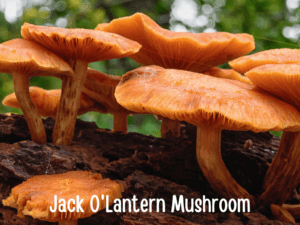



Guide About Oyster Mushroom Look Alikes Mushroom Health Guide
There are a plethora of lookalikes that include the false chanterelle (Hygrophoropsis aurantiaca), waxy caps (Hygrocybe flavescens has adnexed to sinuate gills), Lueucopaxillus albissimus, Gymnopilus spectabilis, Hypomyces lactifluorum (the Lobster Mushroom is parasitic on Lactarius and Russula), and the Jack O' Lantern (Omphalotus illudens) JackOLantern mushrooms, above, look similar but the cap's inner flesh is orange or yellow, not white like the Ringless Honey Mushroom The JackOLantern can cause severe gastric distress "Jacks" are similar but in age can become vase shapedLookalikes The biggest concern is toxic JackOLantern mushrooms (Omphalotus illudens), which are yelloworange in color and can look relatively similar to chanterelles to the untrained eye Omphalotus mushrooms differ in that they typically grow in large, dense clusters, and they grow from dead/dying wood
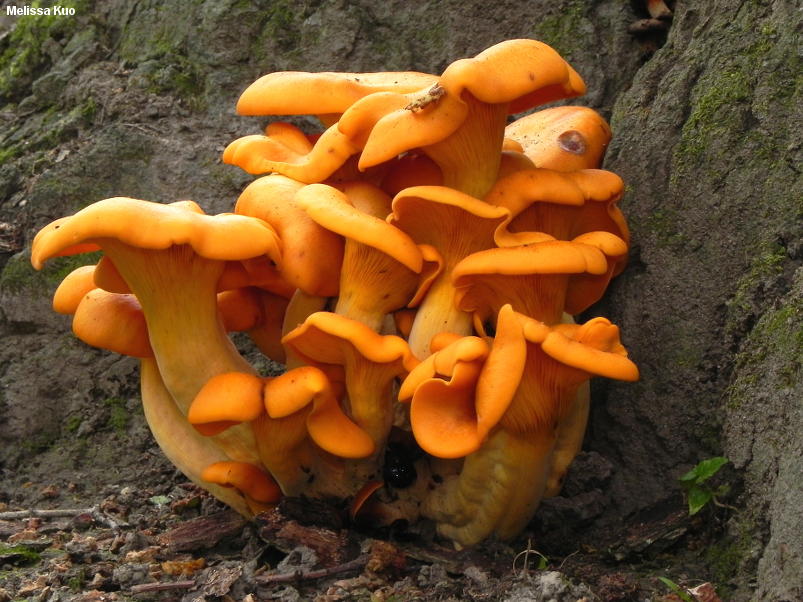



Omphalotus Illudens Mushroomexpert Com



Jack O Lanterns Are Poisonous But Look A Little Like Chanterells Just Popped Up In Pa Mycology
The symptoms of muscarine poisoning usually occur within 1530 minutes of ingestion, and are focused on the involuntary nervous system They include excessive salivation, sweating, tears, weakness, lactation (in pregnant women), plus severe vomiting and JackoLantern mushrooms always grow on wood Look closely to see if the mushroom is growing on heavily decayed wood or just the ground – usually this is the easiest differentiation tool JackoLantern mushrooms also grow in clusters JackoLantern 3) Comparing colors of Chanterelles with Chanterelle lookalikes without referencing the Additionally, it is a great mushroom for beginner mushroom hunters to hunt for because it is so easy to identify from it's common look alikes, In this podcast we go over how to identify it and how to tell it apart from the following mushrooms 1 Chanterelle 2 JackOLantern
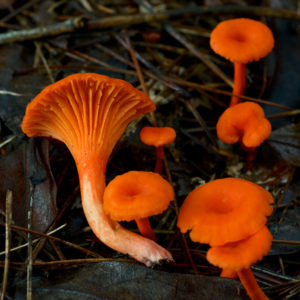



The Ultimate Guide To Chanterelle Mushrooms Identification More
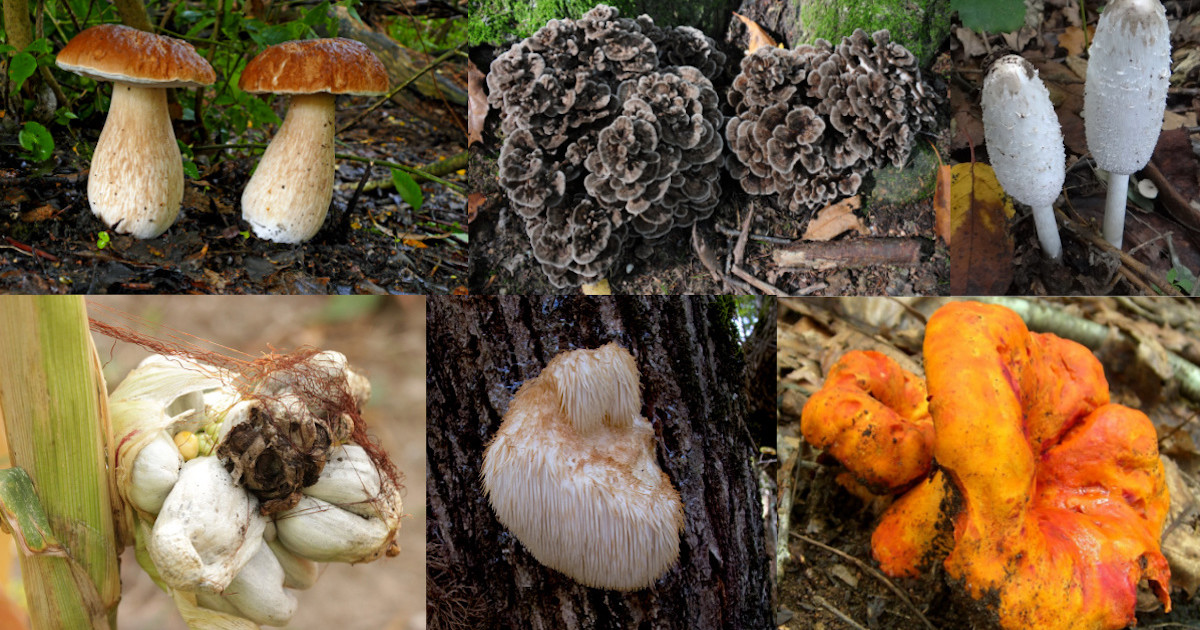



The 12 Best Edible Wild Mushrooms Meateater Cook
The JackOLantern is typically confused with the Chanterelles however to me it looks very similar to on Oyster mushroom so that's why I added it to this list It also has gills that run down the stem like an oyster does The easiest way to identify it is the bright orange color Oyster mushrooms don't turn orange This mushroom is not fatal if eaten however it is still The most notable description of the Jack O'Lantern mushroom is its orange color It also has sharp, nonforking gills that glow in the dark Its bioluminescence gives off a bluegreen color that is easily seen in the dark This fungus looks very similar to the edible ChanterellesSubscribe to the Learn Your Land email newsletter here https//learnyourlandcom/Chanterelles (Cantharellus sp) are edible, while Jack O'Lanterns (Omphalo




Jack O Lanterns And Chanterelles Jack Elliott S Santa Barbara Adventure




Jack O Lantern Mushrooms Bygl
Jack o'lantern's spore color is white, or cream to pale yellow, similar to the cinnabar's, so be sure to know which mushroom you have before consuming Another way to test what you have is by cutting into the mushroom Jack o'lantern's flesh is orange, not creamywhite like cinnabar's




Jack O Lantern Mushrooms Bygl




Jack O Lanterns Fantastic Fungi Fruit Bodies To Forgo Oakland County Blog




Chanterelle Mushrooms Wild Things Off Grid Solar
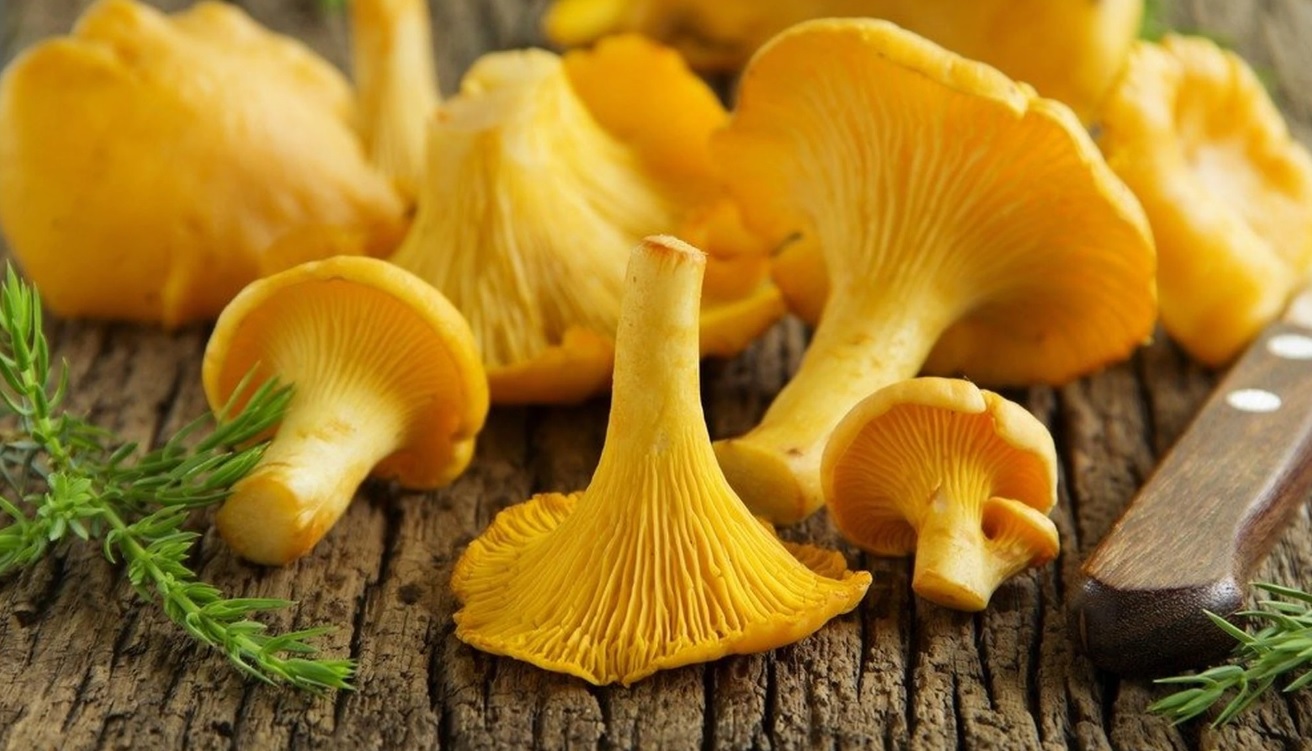



The Ultimate Guide To Chanterelle Mushrooms Identification More




Eastern American Jack O Lantern Omphalotus Illudens Inaturalist
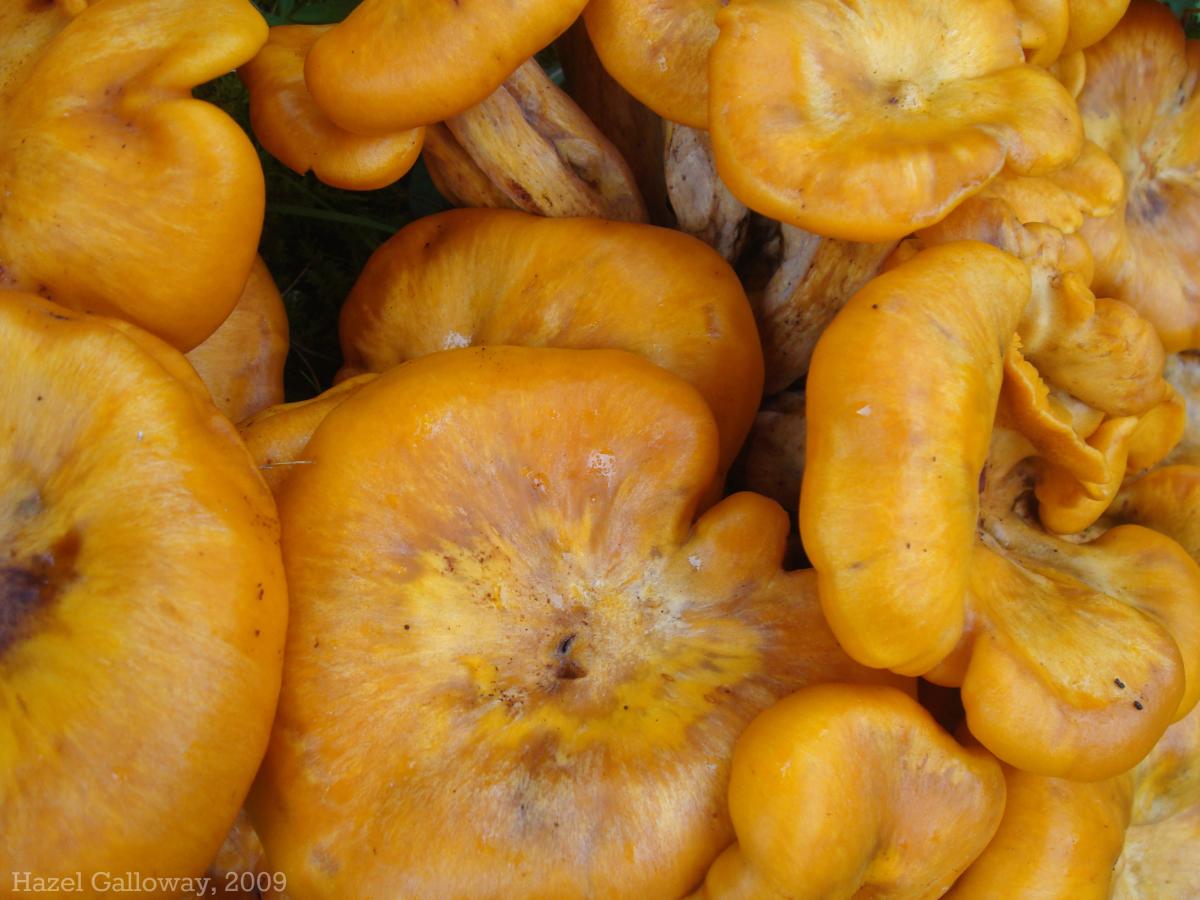



Jack O Lantern Mushroom Mountain Lake Biological Station U Va




Foraging Chanterelle Mushrooms




Cinnabar Mushrooms Wild Things Off Grid Solar
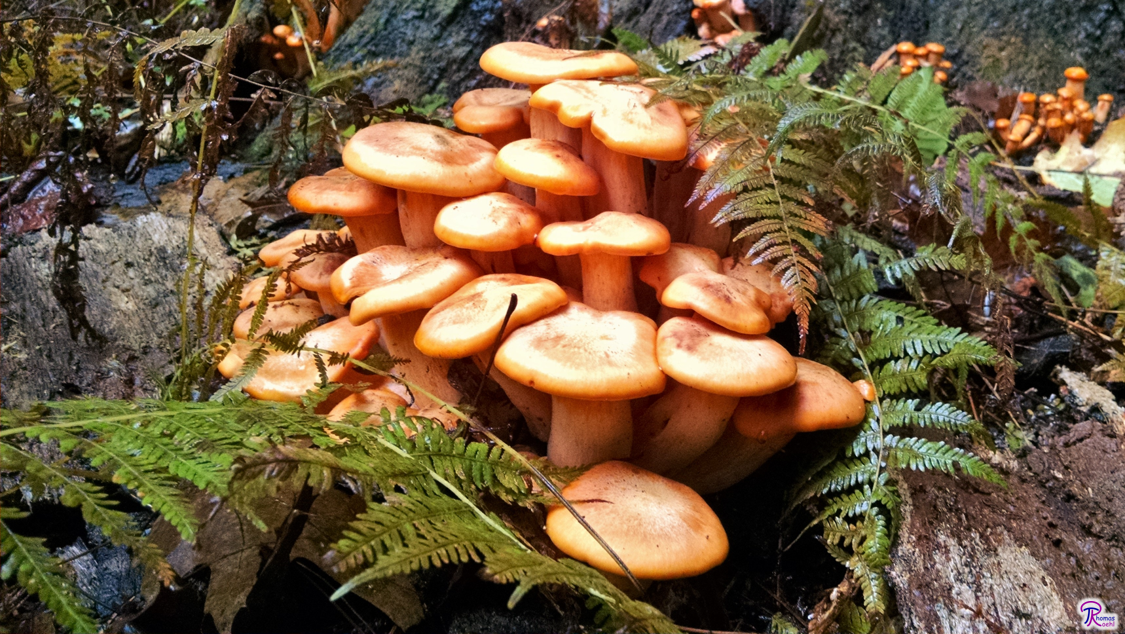



007 Omphalotus Illudens The Jack O Lantern Mushroom Fungus Fact Friday




Chanterelle Mushrooms Compared To Toxic Look Alike Jack O Lantern Mushrooms What You Should Know Youtube




6 Deadly Mushrooms To Be Aware Of While Foraging One Green Planet



Collecting Wild Mushrooms Part 2 Chanterelles Leslie Land In Kitchen And Garden And All Around The House
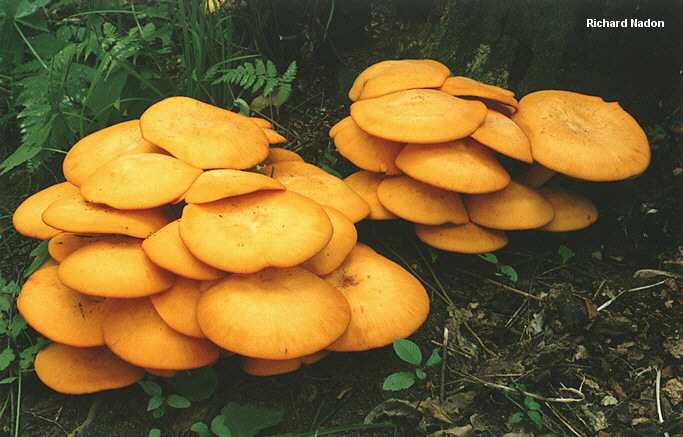



Omphalotus Illudens Mushroomexpert Com




Top 6 Poisonous Mushrooms Part 1 Jack O Lanterns Omphalotus Illudens Youtube




Guide About Oyster Mushroom Look Alikes Mushroom Health Guide




7 Types Of Oyster Mushrooms 3 Poisonous Look Alikes




Chanterelle Mushrooms Identification And Look Alikes




Confidently Foraging Chanterelles Cabin Fever
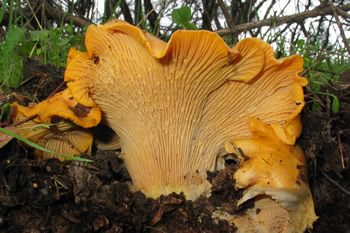



Cantharellus Californicus Golden Chanterelle Bay Area Mycological Society




Chicken Of The Woods Identification Poisonous Look Alike




Golden Chantrelle Look Alike Poisonous Jack O Lantern Youtube



1




The Total Guide To Hunting Chanterelle Mushrooms Meateater Cook



1
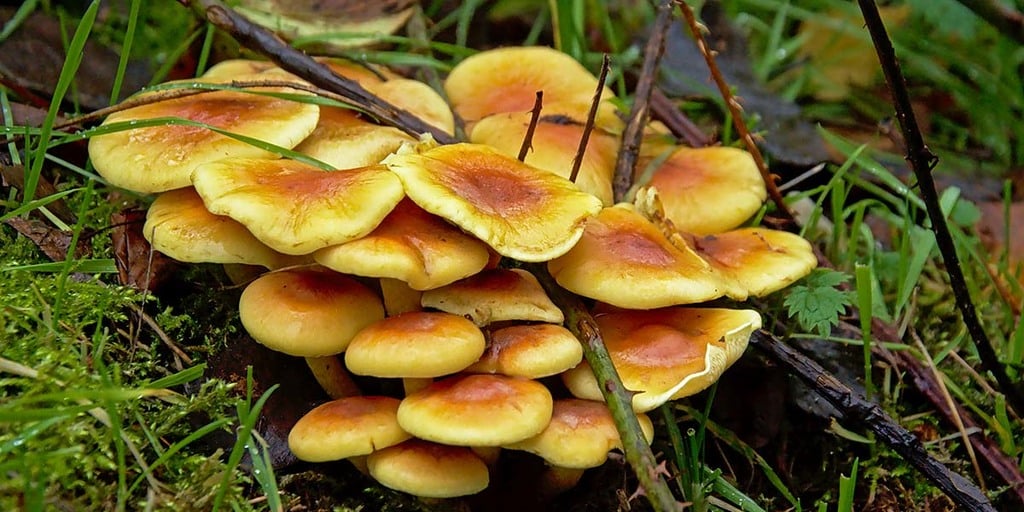



Complete Guide To Chanterelle Mushrooms Grocycle




The Fungi You Need To Know How To Pick A Wild Mushroom That Won T Poison You The Independent The Independent



How To Identify Chanterelle Mushrooms The Survival Gardener



How To Find Chanterelles Have You Ben Starr Struck




Jack O Lantern Missouri Department Of Conservation
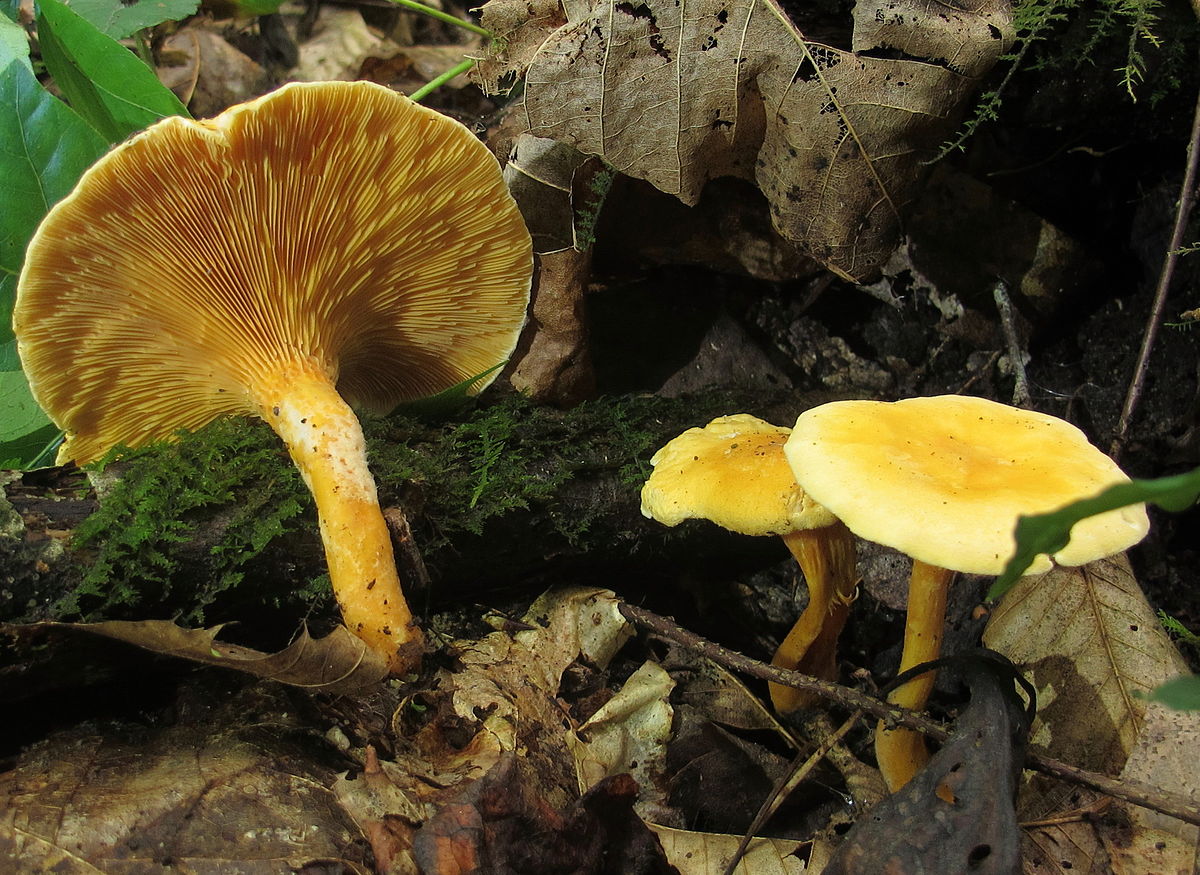



Hygrophoropsis Aurantiaca Wikipedia




Omphalotus Illudens Mushroomexpert Com




Dangerous Chanterelle Look Alikes




Mushroom Hunting In Florida Beginner Mycophagy Florida Smart



Q Tbn And9gcq5syxgks4yfor50d29lfvhnrg4zjufnj7tt41vwwktu1p57n 6 Usqp Cau




What You Need To Know About Poisonous Mushrooms Before Foraging



Jack O Lanterns In The Woods Nature Of Delaware Blog




Jack O Lantern Mdc Teacher Portal




Illinois Natural History Survey Jack O Lantern Mushroom




Chanterelle Mushroom Lookalikes Pick The Right Mushrooms Crazy About Mushrooms Blog




Dangerous Chanterelle Look Alikes



How To Find Chanterelles Have You Ben Starr Struck
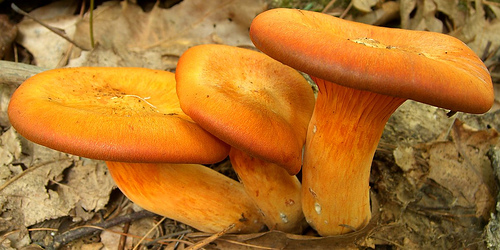



Jack O Lantern Mushroom Is A Trick Not A Treat Northern New England Poison Center
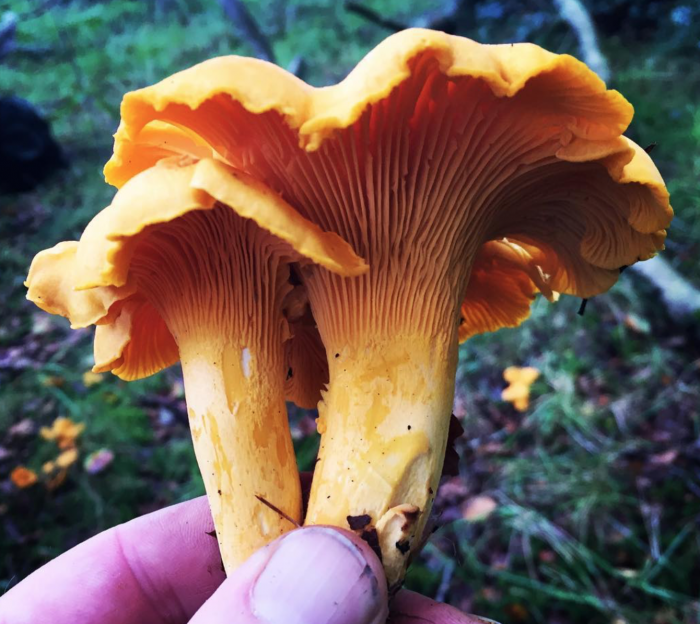



Chanterelle Identification Distribution Edibility Ecology Sustainable Harvesting Galloway Wild Foods




Jack O Lantern Mdc Teacher Portal




How To Find Chanterelles And Identify Look Alikes A Mildly Offensive Blog



Hen Of The Woods Chanterelle Mushrooms In Mn How To Pick And Cook



Q Tbn And9gcrcz3mlzxnea3wfuuwswq8hgujv5c0pwhd8zbewpjfy 6qfr1iw Usqp Cau




Chanterelle Lookalike Poisonous Eastern Jack O Lantern Mu Flickr




Pin On Mushrooms




Chanterelle Mushroom Foraging Guide The Travel Bug Bite
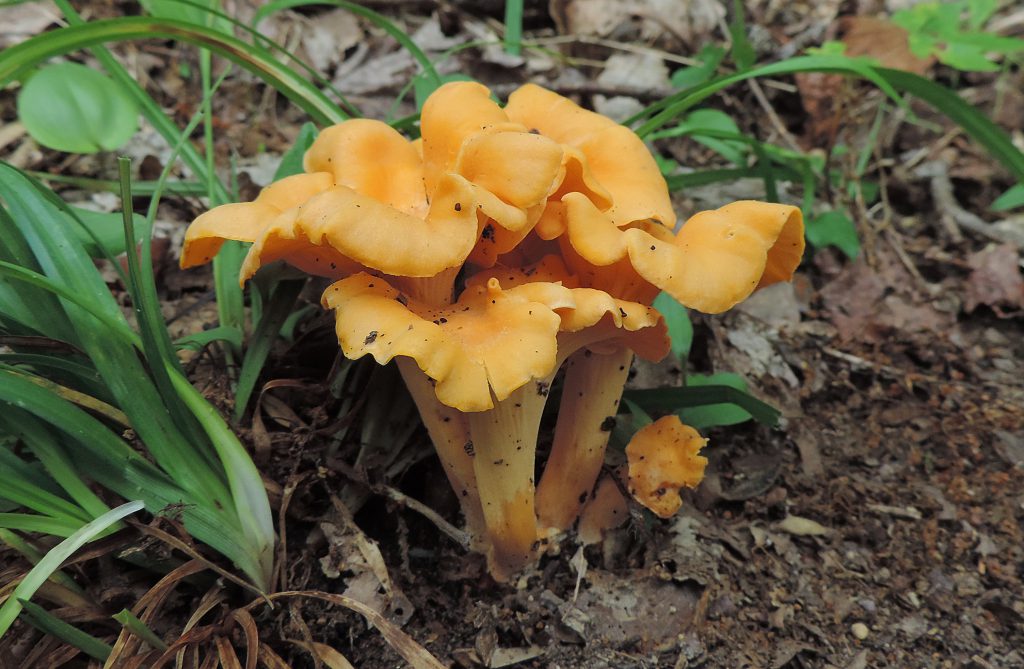



Chanterelle Jack O Lantern Mushroom Identification Learn Your Land




Mushroomblog Com




Foraging Chanterelle Mushrooms




Hunting Mushrooms And What Makes Some Glow In The Dark The New York Times



Hunting Chanterelle Mushrooms Quarto Knows Blog



Ringless Honey Mushrooms Eat The Weeds And Other Things Too
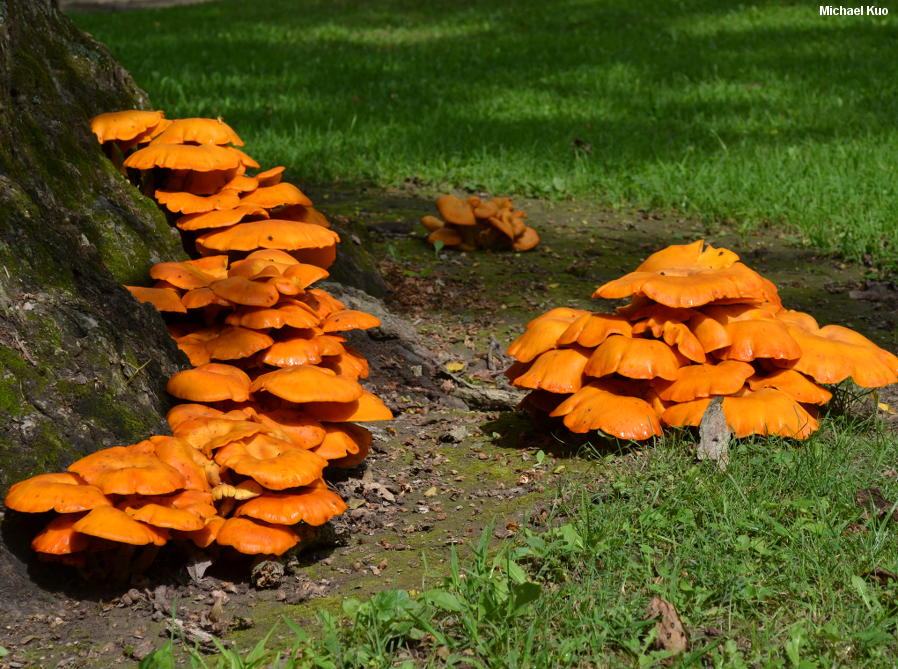



Omphalotus Illudens Mushroomexpert Com




Chanterelles And Their Impostors Identifying Mushrooms Wild Mushroom Hunting




Smooth Chanterelle Cantharellus Lateritius Wild Edible Mushroom Greatoutdoordinary




007 Omphalotus Illudens The Jack O Lantern Mushroom Fungus Fact Friday



Jack O Lantern Mushroom Project Noah




Jack O Lantern Mushroom Omphalotus Olearius Sawdust Spawn Strain Nr Medicinal Mushro 14




Jack O Lantern Mushroom New Hampshire Garden Solutions



Chanterelle Cantharellus Cibarius Mushroom Collecting Com




Chanterelle Mushrooms Identification And Look Alikes




Chanterelle Mushroom Jack O Lantern Identification Youtube




Pin On Mushroom Fungi Moi




Chanterelle Chicken Of The Michigan Mushroom Market Facebook




Chanterelle Jack O Lantern Mushroom Id Youtube
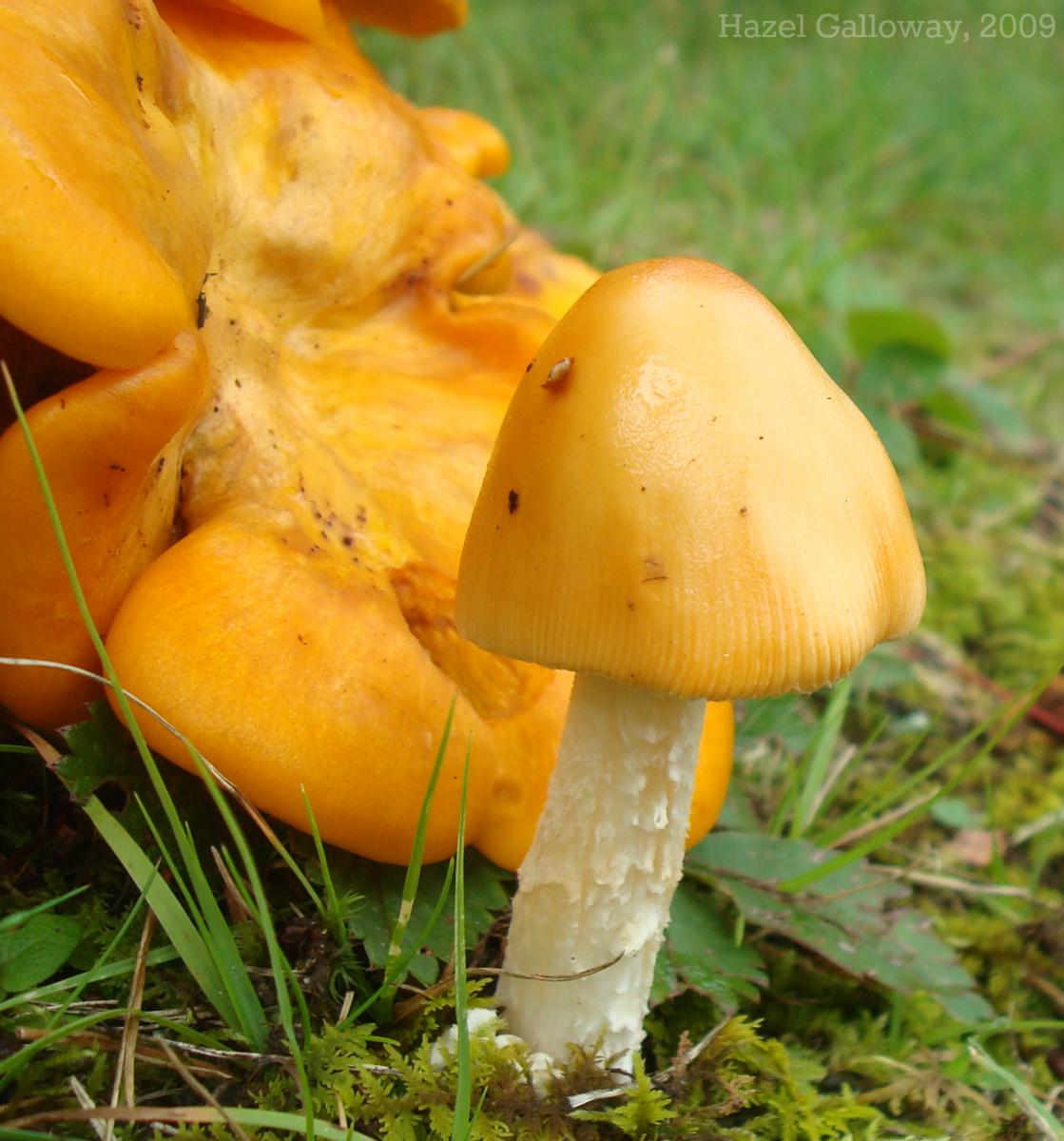



Jack O Lantern Mushroom Mountain Lake Biological Station U Va




Trick Or Treat In July Jack O Lantern Mushrooms Say Boo Outdoors Hoosiertimes Com




How To Find Chanterelles And Identify Look Alikes A Mildly Offensive Blog




Foraging Chanterelle Mushrooms
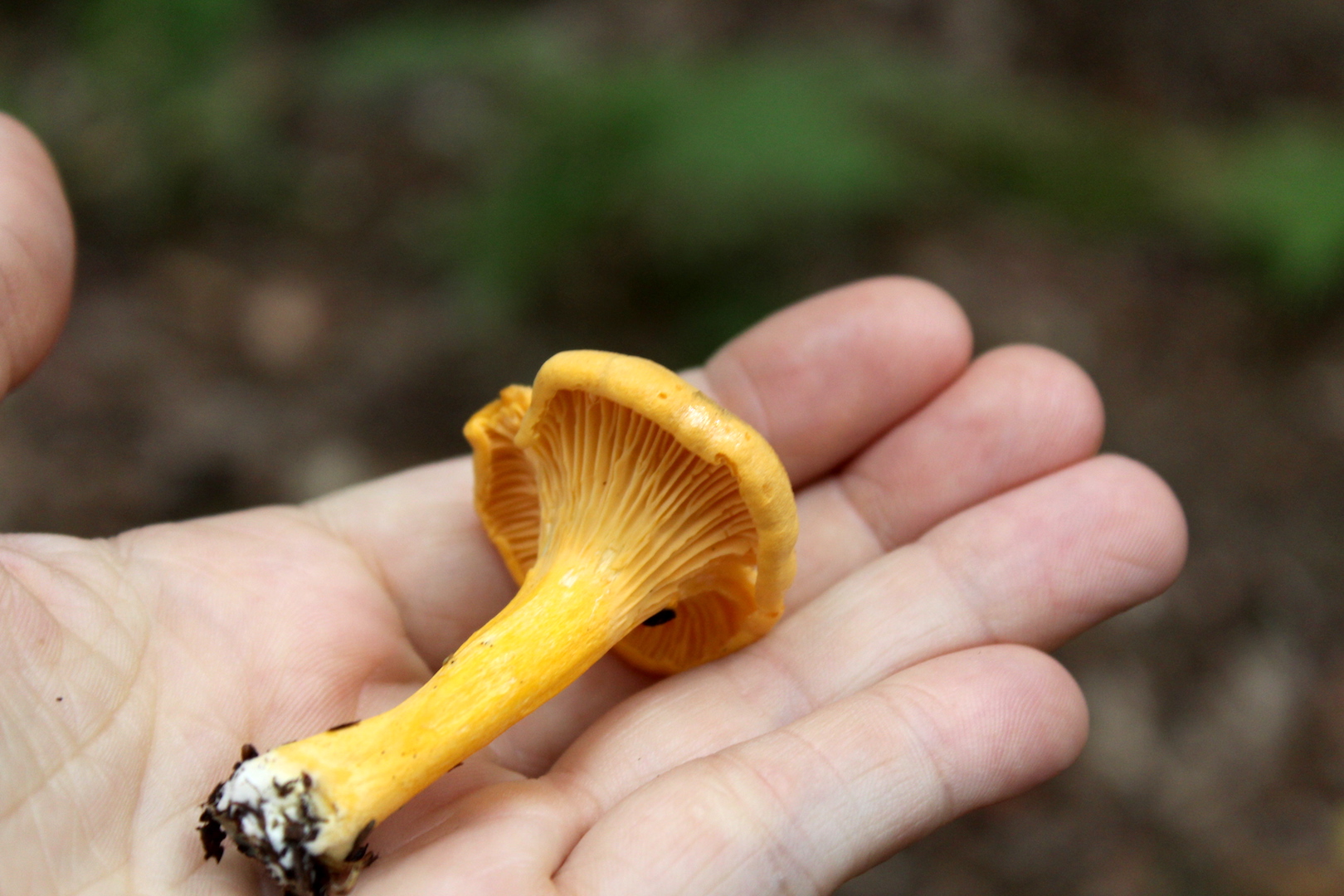



Foraging Chanterelle Mushrooms




Jack O Lantern Mushrooms Mushroom Knowhow




Foraging In Minnesota Chanterelles Never A Goose Chase
:max_bytes(150000):strip_icc()/GettyImages-1014887848-0d8ecf8ecbd8402fb5d0218af2c71741.jpg)



Wild Mushrooms What To Eat What To Avoid




How To Find Chanterelles And Identify Look Alikes A Mildly Offensive Blog
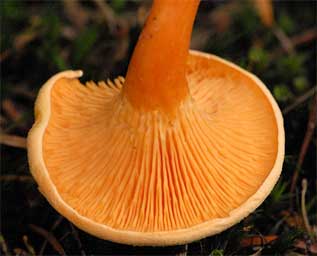



Chanterelle Mushrooms Identification And Look Alikes
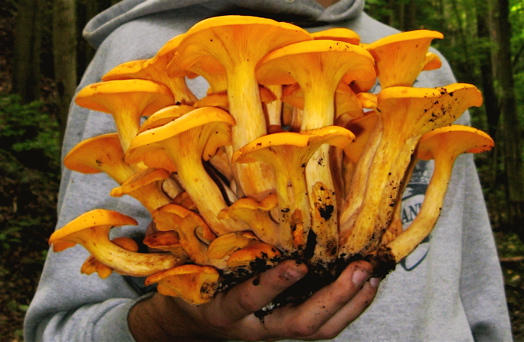



An Adventure With Omphalotus Cornell Mushroom Blog




Chanterelle Mushrooms Identification And Look Alikes




Jack O Lantern Mdc Teacher Portal


